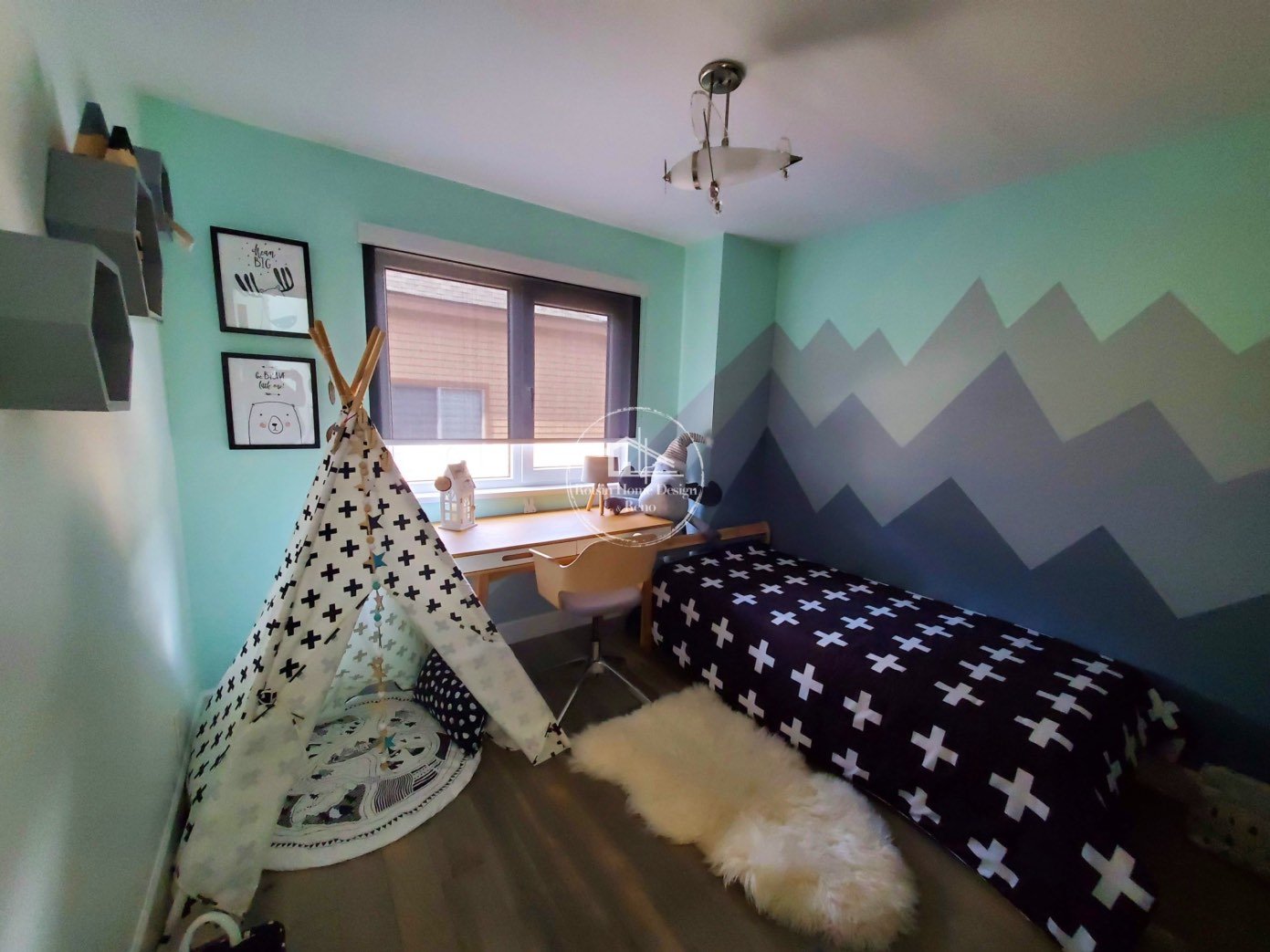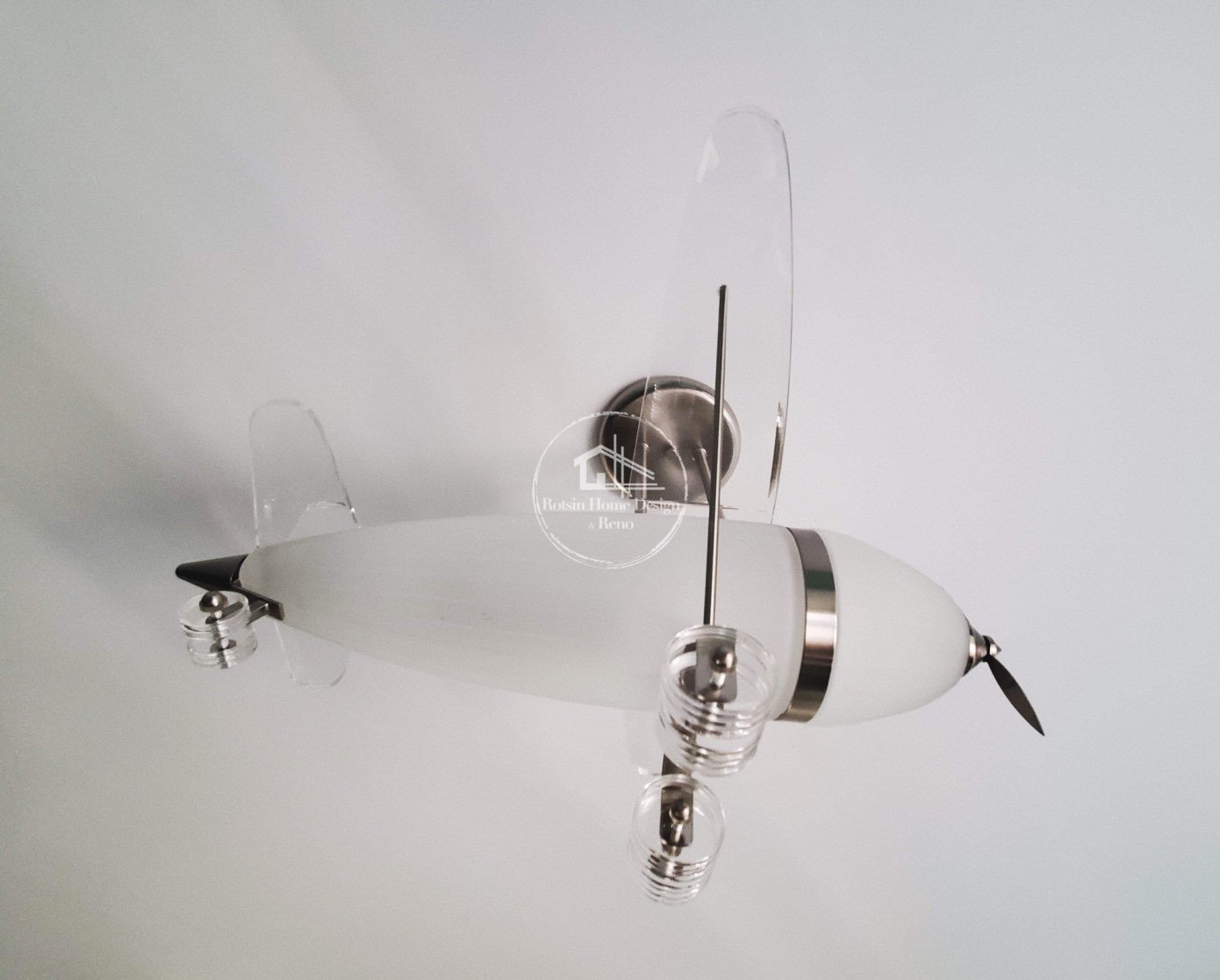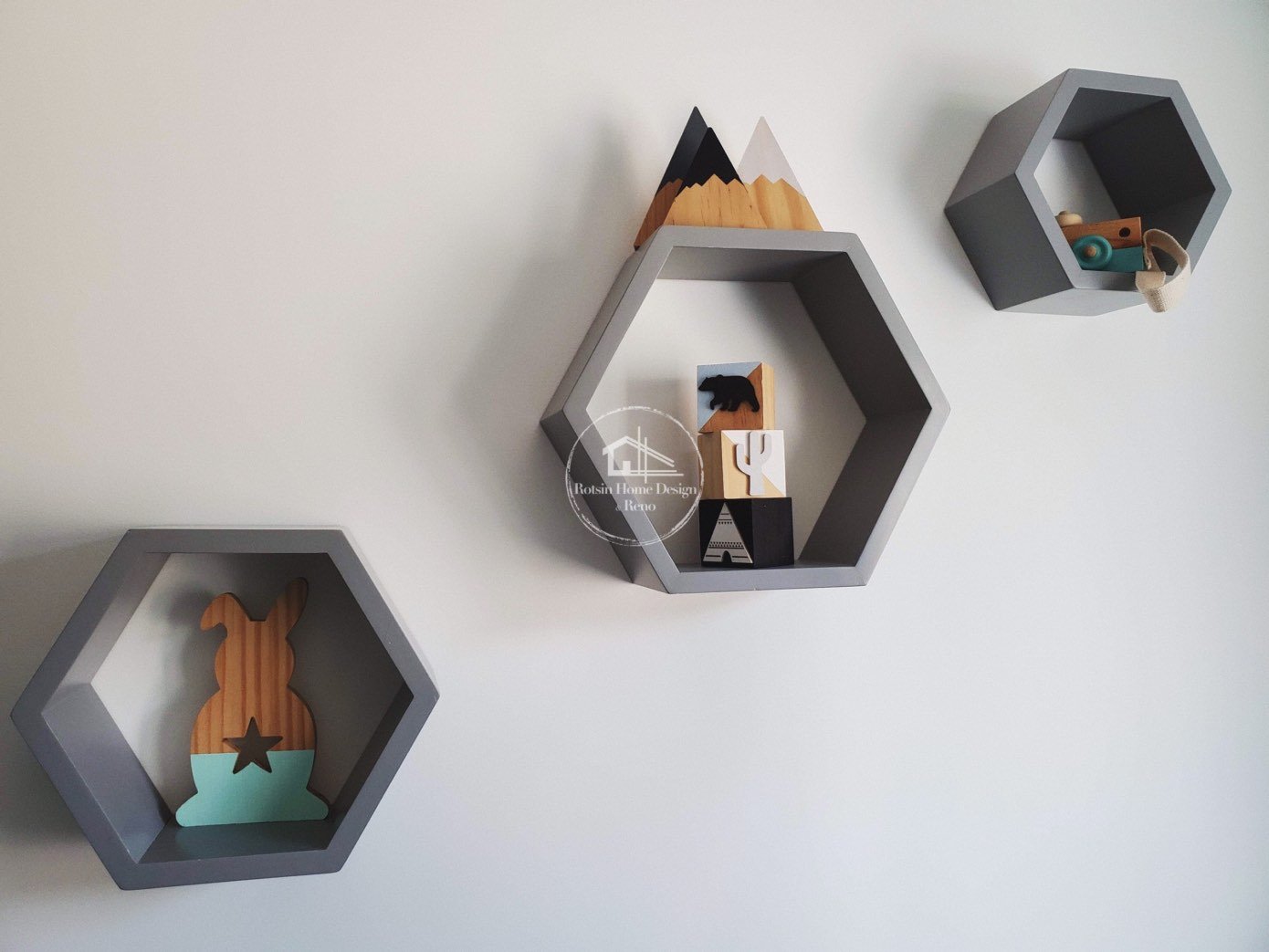Contact Us
Phone: 778-895-5757
Email: anistor@rotsin.ca
Phone: 778-385-5757
Email: gnistor@rotsin.ca
Phone: 778-384-6062
Email: inistor@rotsin.ca

Kids Rooms
The most important factor to consider when updating a child's bedroom is flexibility. Interior design for children should reflect their personal preferences and needs for comfort, fun, and organization. The ease of design modification is critical as interests evolve and change.
For example, if you're designing a nursery for a newborn, consider the day they'll graduate from the crib to a toddler bed, which may necessitate a room reorganization.
The same can be said when a toddler no longer requires diapers and their changing table is no longer needed, or when your school-age child is ready for a desk to work on homework, projects, and studying.
Regardless of your child's age or the type of room you're working on, keep the following tips in mind:
Budget and Cost Considerations
When budgeting for a renovation or upgrade, it is critical to consider future needs as well as what you can afford. Make a list of your non-negotiables, choose DIY projects that will help you save money, and always budget for unexpected mishaps or additional repairs that may occur—occurrences that contractors say occur more frequently than not.
When it comes to what you need to put inside the room, it's always a good idea to start with the basics, such as a good mattress, sturdy furniture, and effective window treatments, and view decorative layers as temporary and replaceable.If you decide to hire us as your contractors, be honest about your budget and try to work with us to determine what you can afford.
Walls, Doors, and Trim
Before starting to paint, replacing doors, or adding molding without the help of a professional, make sure to size up your project. If you're installing new drywall for the first time, for example, we have the professionals to do that as well, whereas installing a new door and molding as well as freshly painted walls and colourful wallpaper for the kids to enjoy, we offer that as well. Paint supplies are generally inexpensive.
Lighting
Lighting is essential for creating a comfortable, soothing environment in any space, but especially in a child's bedroom. If you plan to install a new lighting system, consult with us so we can also offer you a good electricians because electrical wiring can be difficult and dangerous to manage. If you do decide to update your overhead lighting, installing a dimmer switch is a great idea because it will help you transition from day to night.
Ceiling fans and flush mount lights are frequently simple to install for a novice. Choose "soft-white" light bulbs for a child's room rather than harsh fluorescent or spiral bulbs. Consider light sources from your child's point of view; avoid fixtures that appear cute to you but provide nothing more than the glare of an exposed bulb from your child's lower vantage point.

Windows
Optimizing natural light and fresh air should also be a priority. Is it necessary to replace or add windows or screens? Whether you keep the existing windows or replace them, window guards must be installed to prevent injuries. If you keep the old windows, make sure they aren't painted shut; sleeping rooms should serve as a secondary means of escape in the event of a fire.
Dressing the window in a versatile manner is essential for adjusting light as needed. Aside from curtains, other options include blinds, light-filtering shades, and shutters. Cordless blinds are essential in any child's room to keep the child from becoming tangled in the cords.
Flooring
Because of its ease of cleaning, wood flooring has become a standard in most children's rooms. Unlike wall-to-wall carpeting, wood stands the test of time, which helps to keep replacement costs at bay. Area and accent rugs can bring color and pattern into a room while also providing warmth and softness underfoot. They're a less expensive alternative to wall-to-wall carpeting, with the added benefit of being simple to replace.
While wood is typically preferred over laminate due to its superior insulating properties, laminate and mechanically engineered flooring are less expensive options. Both provide durability and are simple to maintain, which are important qualities for a busy child's room. Depending on the flooring you select, the scope and difficulty of the installation process will vary.
Storage
Toys and art supplies, books, games, clothes, and everything else imaginable are all collected by children. As a result, it is critical to devise an organizational system. Clothing can be stored in furniture such as a dresser or armoire, while linens, blankets, and other items can be stored in a bed with storage underneath.
Without a bookcase, a child's room is incomplete. Bookcases come in a variety of shapes and sizes, and they can be built-in or freestanding as long as they are securely attached to the wall. They can be finished decoratively and customized to match the decor of the room. A bookshelf can also serve as open storage for toys and other commonly used items.
If you need to upgrade your closet space, easy-to-install shelving systems have come a long way and are now available in kits designed for specific spaces.
Decorative DIY
Once the room is set up and you're ready to personalize it, there are a plethora of DIY projects we can complete with only basic supplies like paint, fabric, nails, a hammer, and wall hooks.
Kids enjoy nooks for playing, reading, and sleeping because they provide a sense of safety and security. An old blanket, wood planks, dowels, and twine can be used to make a sleeping alcove or cozy reading spot for an older child, similar to an indoor tent.
Displaying a child's artwork in oversized frames with mats is another way to personalize their room. The art can be changed as their work progresses and their interests shift.. Wall-mounted picture ledges can also be used to create simple additional shelving.
